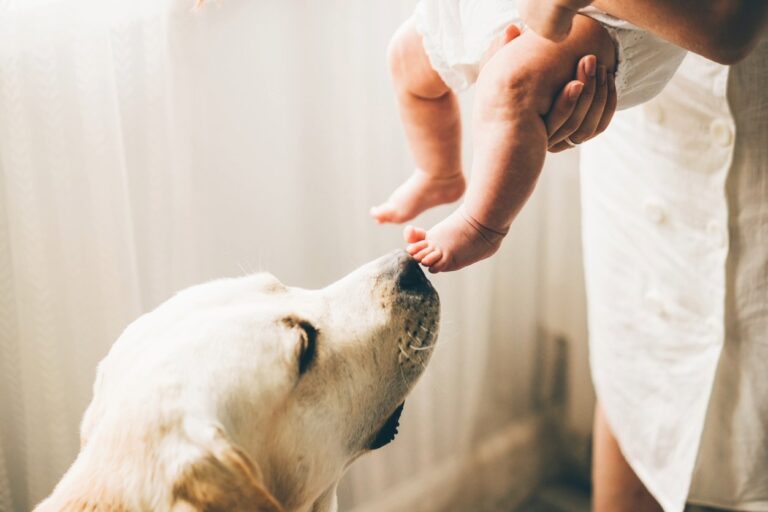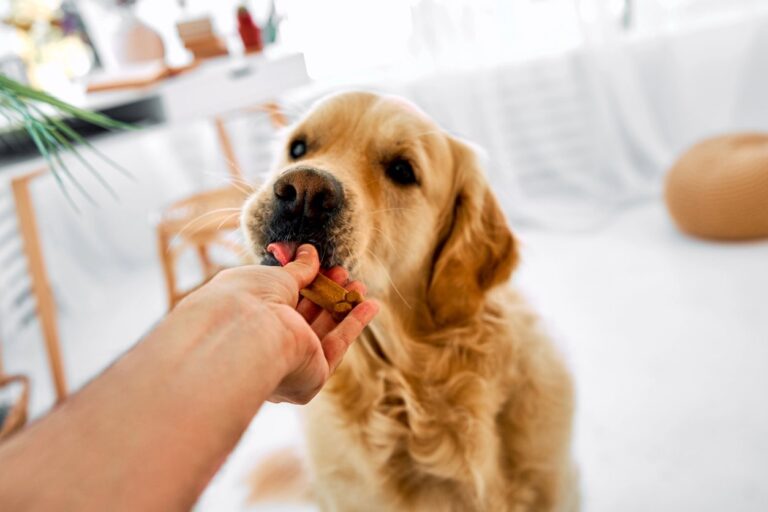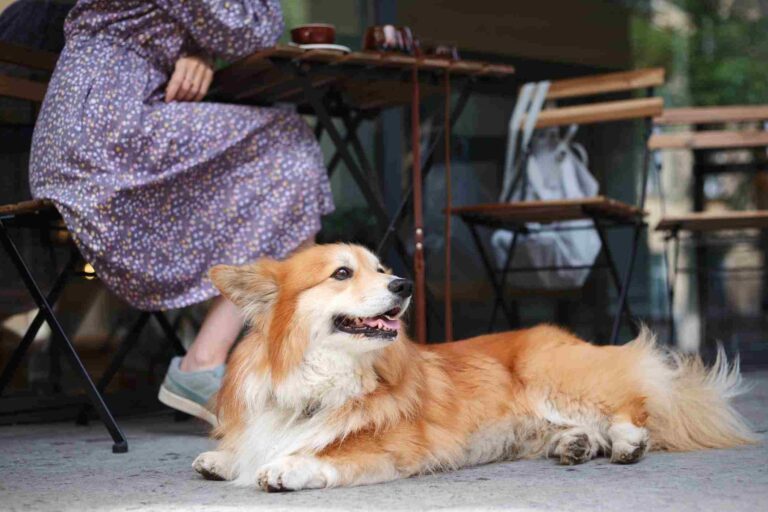Cats are known for their independence and often behave like they run the household. Introducing a puppy into their home can be challenging for them. While some cats may be curious and even welcoming, others can be bothered by a high-energy puppy disrupting their peaceful routine. The good news is that by managing their interactions, you can help your cat and puppy build a positive relationship.

Manage the puppy.
First things first, please do not allow your puppy unrestricted access to your house. Particularly when they first arrive at your home. Puppies exploring freely can lead to potty training disasters, and your cat needs some space from your high-energy puppy.
Though puppies often think chasing cats is a game, this can quickly become a source of stress for your cat. Some cats may stand their ground and swat at the puppy, but not all puppies take the hint. They may even see it as an invitation to play.
To keep things peaceful, you can tether your puppy so they cannot chase your cat around. You can also use a baby gate to restrict your dog to certain areas. This will allow your cat to roam freely without being bothered by your puppy.
Give your cat a safe vantage point.
Cats are naturally curious, often eager to investigate your puppy and its toys and supplies. This curiosity can lead to your cat being chased. Chasing is one of the most common stressors for cats during the puppy introduction period.
To alleviate that tension, offer your cat safe places to watch your puppy without the fear of being chased. Consider placing a cat tree in the room where you spend the most time with your puppy. Your cat can then watch the puppy from a secure vantage point, free from the worry of being pursued.
Mealtimes can help your cat and puppy build a positive relationship.
Sharing mealtimes with your puppy and cat can help foster positive associations by establishing a daily routine together.
Remember to tether your puppy during mealtimes so they can’t steal your cat’s food. Your cat won’t have a good experience if your puppy eats their food.
When feeding, place both food bowls about six feet apart so that both pets can see each other in a low-pressure environment. If your cat is reluctant to eat near your puppy, try serving their meal on a higher surface, like a cat tree, to create a safe dining area.
If you notice either pet showing signs of stress or guarding their food, it’s best to feed them separately. Instead, have your cat and puppy build a positive relationship through other interactions.
You can use treats to encourage appropriate behaviors in your puppies and cats’ interactions. Reward your cat when they approach or observe the puppy calmly, and do the same for your puppy when they maintain calmness around the cat. Before long, your puppy will learn not to chase, and you can introduce the “leave it” command, teaching them how to respect your cat’s boundaries.
Is Your Cat Comfortable Around the Puppy?
The last step to consider to help your cat and puppy build a positive relationship. Is that it can be hard to tell if a cat is playing with a puppy or if it wants your puppy to go away. Cats often demonstrate their excitement or curiosity through running, vocalizing, and gentle swatting, which can resemble signs of stress. If your cat hisses, they need help getting away from your puppy. On the other hand, if they dash away only to return moments later, they’re most likely enjoying a fun game.
It may take a while for your cat to be comfortable around your puppy. You should ensure that every interaction between them is supervised and that your puppy isn’t near your cat when you aren’t watching them. Some breeds, like Australian Shepherds and Jack Russell Terriers, have strong prey drives and may be more interested in bothering your cat. Cats that haven’t been around dogs will probably hide from your puppy. Your role is crucial in encouraging positive experiences that lead to a harmonious multi-pet household.
We’re here to help
If you have any questions on how to help your cat and dog build a positive relationship, teach obedience commands and manners, or address behavioral issues, including fearful behavior and resource guarding, you can schedule a free consultation with our Pet Behavior Team. Our training programs are conducted through one-on-one sessions in your home and neighborhood.
For those who prefer virtual connections or live outside our Dallas service area, our co-founder and Certified Applied Animal Behaviorist, Dr. Echterling-Savage, offers Virtual Consultation programs. In these programs, she will develop a customized training plan to meet your goals, providing support and guidance along the way.




